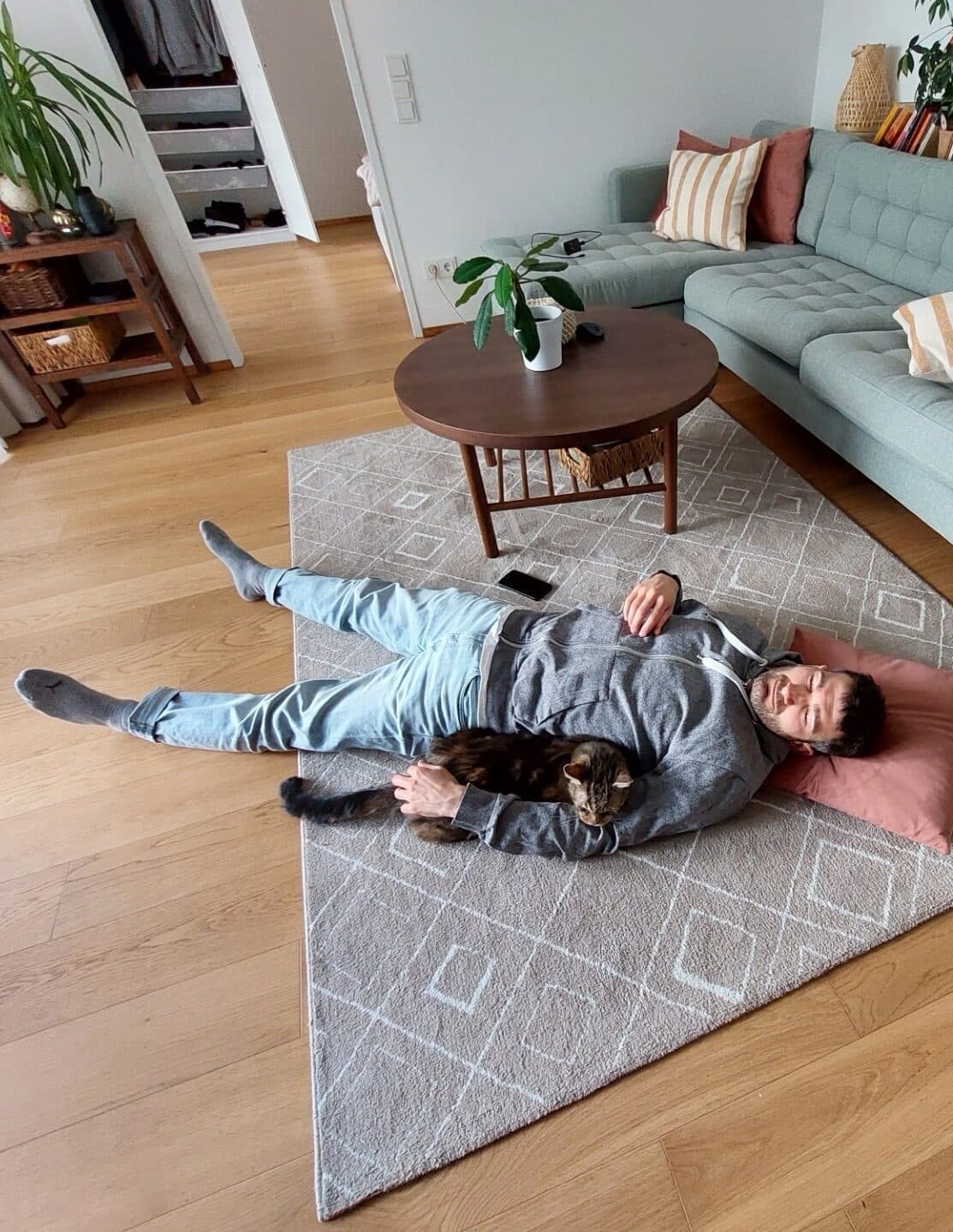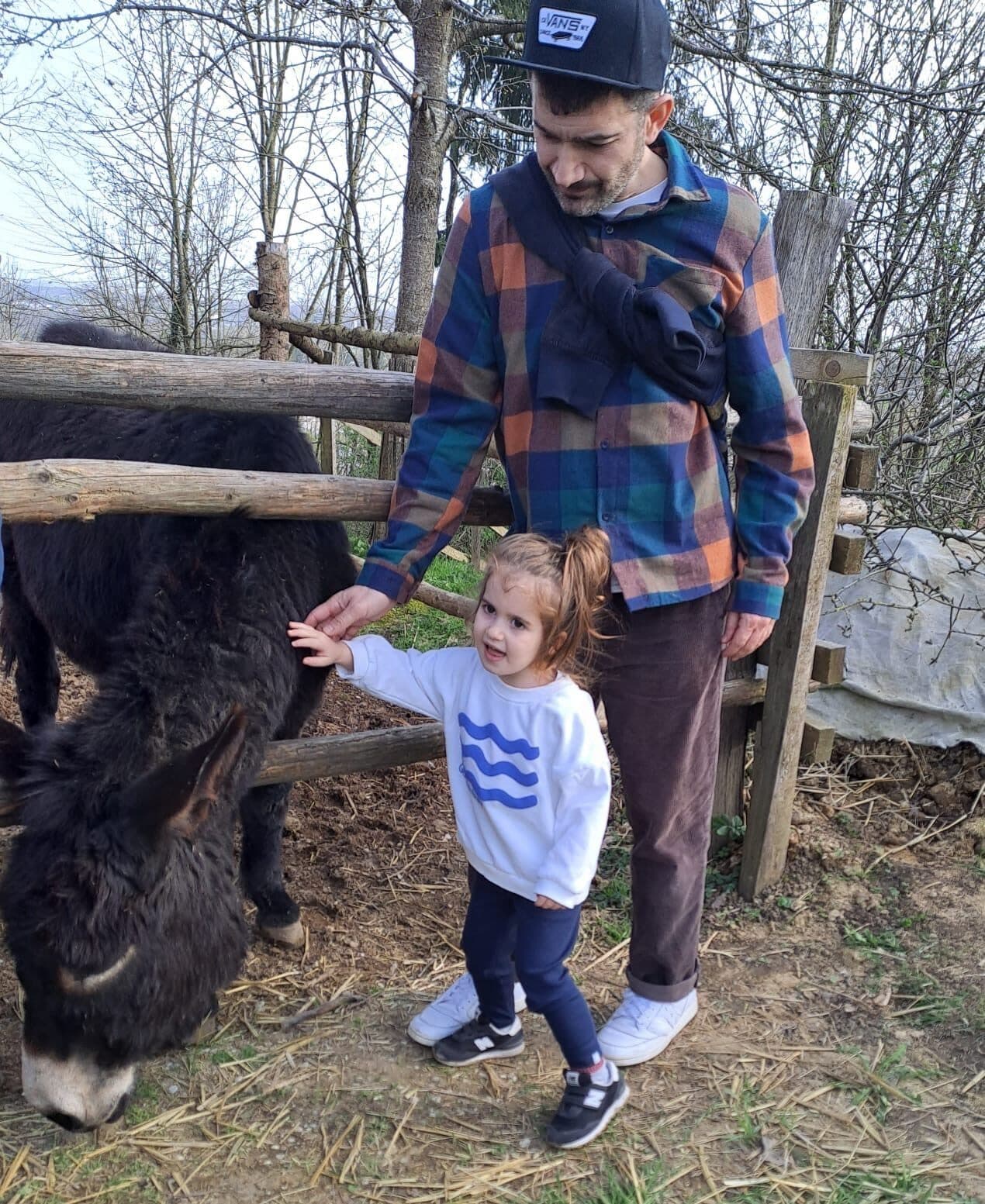My name is Ali Kapan, and this is my story

In February 2021, I had a lumbar puncture for suspected multiple sclerosis (importantly, further tests showed I didn't have MS.) Although one neurologist suggested it wasn't necessary because I had no functional impairment, another neurologist insisted on it for diagnostic purposes. I also decided to have the lumbar puncture because the neurologist said it would be a quick procedure and I might have a headache for a few days. The lumbar puncture itself went well, but 24 hours later, I experienced severe post-puncture headache syndrome (extreme headache from hell and a cascade of other symptoms).
A week later, at the height of my symptoms, I was admitted to the emergency room. As is often the case, the MRI showed no abnormalities. The medical team advised me to wait and see. After four agonising weeks, the post-puncture symptoms initially subsided. However, when I attempted a gentle walk to regain my strength after weeks of inactivity, the debilitating headaches returned vigorously.
I sought help from neurologists again, but the response remained the same: "It will heal on its own." Despite repeatedly requesting an epidural blood patch—a proven method to address such leaks—my requests were denied. It was only after consulting Dr. Wöber, a headache specialist at AKH Vienna, that I received my first blood patch three months later. While it provided temporary relief, my symptoms soon returned.
In desperation, I sought help from Dr Beck in Freiburg, who immediately recognised the seriousness of my condition. Over the next two years, I underwent regular blood patch procedures every four to six months. Although these procedures provided partial relief and helped me maintain some functionality, the imaging results continued to be inconclusive. The relentless fluctuation of my symptoms severely affected my quality of life. Throughout this difficult time, my young daughter became my greatest source of strength and inspiration, motivating me to persevere. The breakthrough came when, following almost ten MRIs and three CT myelographies, a small but critical defect – a bleb – was finally identified. Following a major relapse in December 2021, marked by severe dizziness, nystagmus, and nausea, Dr. Beck and I decided that surgery was the only viable option. In February 2022, I underwent surgery, during which a classic bleb and a neomembrane were located and repaired.
How am I today?

The first year after the surgery was challenging, but after 18 months, I began to notice significant improvements. Today, almost two years after surgery, I estimate that my health has improved from 60% to around 80% of my pre-surgery baseline. I still have daily headaches that range from 2 to 5 on the pain scale, but they are manageable. Importantly, I am able to work full time, look after my daughter and lead an active life.
My commitment
As a scientist specializing in Public Health, I am acutely aware of how privileged I am to have access to resources and a strong network. This privilege allowed me to find the right specialists and receive the necessary treatments. However, I cannot imagine how overwhelming it must be for someone without these advantages. During my journey, I discovered an alarming gap: the chronic form of post-dural puncture headache (PPHS) is not recognized under the current ICD coding system. This lack of recognition creates significant barriers to proper diagnosis and treatment. Motivated by this realization, I authored three publications highlighting this issue and advocating for changes to the ICD coding system. I aimed to draw attention to the challenges faced by patients and the need for timely, specialized interventions. I emphasized the importance of ensuring that epidural blood patches are performed promptly by trained specialists to prevent prolonged suffering.
Why am I sharing this?
I want to raise awareness of how a seemingly minor procedure can have life-altering consequences. By sharing my experience, I hope to shed light on the importance of early diagnosis, specialized care, and timely treatment. Together, we can drive change, foster understanding, and provide better support for those affected by this condition.
Read Ali Kapan’s research about Post dural puncture headache
Kapan A, Waldhör T, Schiffler T, Beck J, Wöber C. Diagnostic and therapeutic insights in individuals with persistent post-dural puncture headache: A cross-sectional study. Headache. 2024; 64: 1015-1026. (link)
Kapan, A., Waldhör, T., Schiffler, T. et al. Health-related quality of life, work ability and disability among individuals with persistent post-dural puncture headache. J Headache Pain 25, 64 (2024). (link)
Kapan, A., Waldhör, T. & Wöber, C. Assessing the effects of spontaneous intracranial hypotension on quality of life, work ability and disability. Wien Klin Wochenschr 137, 148–162 (2025). (link)
